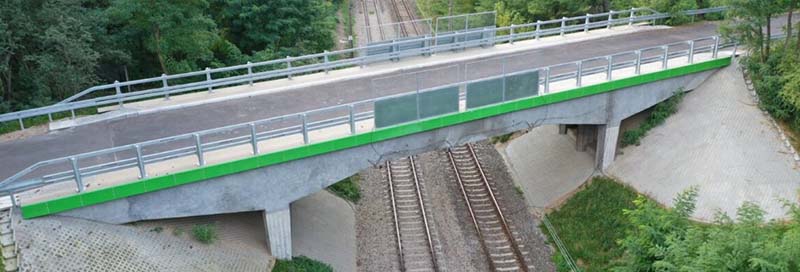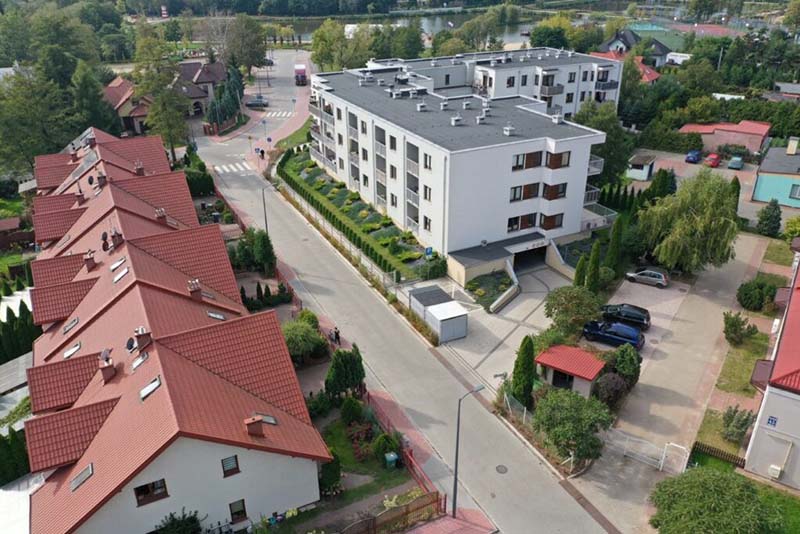CGS Labs software is a trusted solution for many companies that want to enhance their project management and performance. CGS Labs software stands out from other software because it incorporates the specific design standards and regulations of each country, making it more user-friendly and adaptable. Moreover, CGS Labs software offers seamless integration between its different modules, enabling users to create a comprehensive project with ease. IPSA is one of the long-term customers of CGS Labs software. We interviewed Mr. Predrag Sarkinović Sc.Eng., the head of the project department for roads and traffic, to learn more about their experience.

Head of the project department for roads and traffic
We started using CGS Labs software in 2014, when we purchased a bundle of CGS Labs software that included: PLATEIA software for road design, FERROVIA software for railway design, and AQUATERRA software for channel and river engineering works design. Before that, we faced a lot of challenges in coordinating different stages of projects and different engineers, such as civil engineers, constructors, and hydro engineers, who worked on the same project.
We always got reliable results, but they took a lot of time, which is why we appreciated the speed and efficiency of CGS Labs software. One of the main benefits was that our standards were already embedded in the software, and that the software was much easier to learn and use than others. Another major benefit was the compatibility between PLATEIA and AQUATERRA, which allowed us to quickly produce a comprehensive project. We now regard PLATEIA as the best software on the market for creating cross-sections, 3D models, swept path analysis and vehicle turning simulations.
The project | Rapid exit taxiway for Sarajevo International Airport
One of our most successful projects using CGS LABS software was the “Rapid exit taxiway for Sarajevo International Airport”. This project involved designing a 300m long taxiway that would allow large planes to exit the runway quickly and safely. We used AUTOPATH to verify the feasibility of the taxiway geometry and alignment, considering the size and speed of the planes.
We also used PLATEIA to adjust the heights and positions of the taxiway according to the existing project and the regulations.
A rapid exit taxiway connects the runway and the parking area and enables a fast transition of an aircraft from the runway to the parking area. It has a sharp angle with the runway and follows certain regulations, such as the minimum distance between the runway and the rapid exit taxiway, which is 550m. Its width is determined by the airport code name, which is C in this case. Based on that code, the width of the taxiway and the shoulders, as well as the turning radii, are specified. The aircraft can approach the taxiway at a speed of about 96 km/h. We used PLATEIA software to link the planned runway and the planned parking area, and we had to verify the passability with the official aircraft using AUTOPATH. We also had to check the cockpit visibility distance to ensure a wide field of vision. We chose Boeing 767 as a reference aircraft from the aircraft database.
This way, we were able to adjust the geometry of our taxiway where it did not comply with the regulations, because the software showed the exact movement of the front wheel and the two rear wheels.
The biggest challenge at the airport was to design the geometry of the rapid exit taxiway, where the minimum radii between the runway and the lane are clearly prescribed, then check the passability of the Boeing aircraft, and then adjust the geometry to comply with the regulations and to match the relevant aircraft.
Tuzla-Maoča highway
We are currently working on the Tuzla-Maoča highway project, which is part of the Corridor Vc and the Adriatic-Ionian highway through Bosnia and Herzegovina.
We are using PLATEIA software to design the entire project from start to finish.
The project is in the conceptual stage and covers about 7 km of the route, including a loop, a customs crossing, and a center for maintenance and traffic control. The project also involves the construction of overpasses and underpasses along the route.
In addition, we are also working on a railway project, which we will share with you once it is completed. It will be a very interesting and challenging project that will connect Tuzla with Sarajevo.
 About Company IPSA INSTITUT d.o.o. Sarajevo
About Company IPSA INSTITUT d.o.o. Sarajevo
IPSA INSTITUT d.o.o. Sarajevo is a leading independent consulting firm in Bosnia and Herzegovina. Founded in 1958, IPSA has delivered more than 8.000 projects across the region, building a strong reputation and brand. IPSA specializes in developing infrastructure systems with a wide range of services, such as: spatial planning, master planning, feasibility studies and design, tender preparation and project management, environmental impact assessment and waste management, construction supervision, technical assistance and optimization.
They provide high-quality consulting engineering services for various sectors, including transportation, water and power supply, building construction, and environmental protection. IPSA has partnered with over 70 consulting firms from the European Union, the USA, and Japan. IPSA is a company that has 90 engineers and 80% of them are from various profiles. IPSA’s teams consist of university professors from the Faculty of Traffic and Communication, the Faculty of Civil Engineering, the Faculty of Architecture, and the Faculty of Electrical Engineering.













